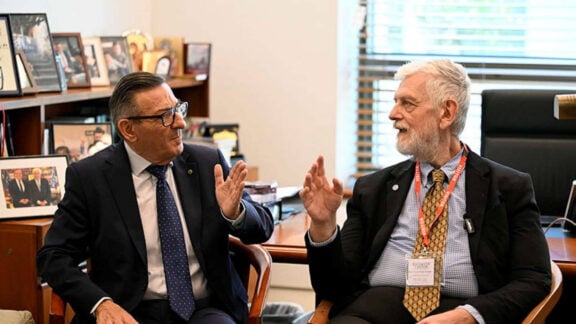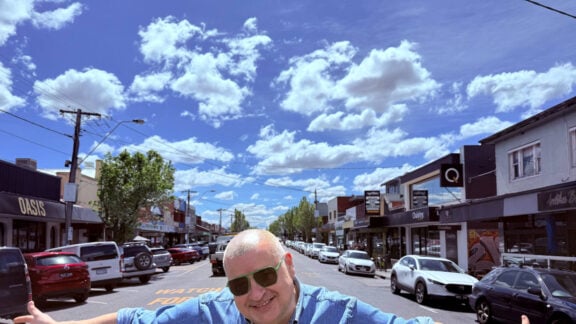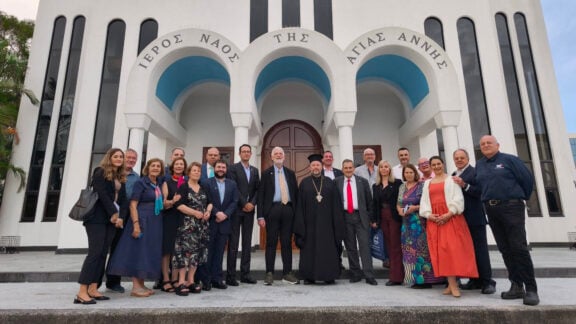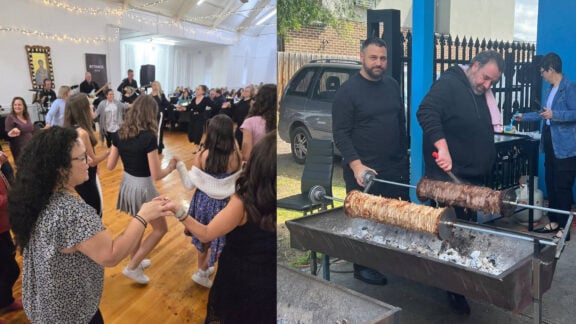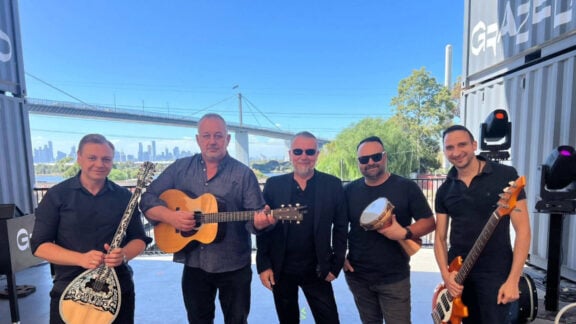The Pan-Corinthian Association of Melbourne and Victoria recently hosted a lecture titled “A Historical Overview of Corinthian Villages and Towns from Byzantium to the Present Day” at the Maningham Club in Bulleen.
Attendees listened as speaker Apostolos Kounelis took them through the centuries, sharing details about when their villages were founded, who the first settlers were, what languages were spoken besides Greek, where these settlers came from, and what kind of culture they left behind over time.

According to historians of the era, the population of the Peloponnese decreased by a quarter due to three major black plague epidemics and ongoing raids by Avars and pirates, which led Byzantine emperors to allow the settlement of Slavs, and later Orthodox Arvanites, to help replenish the local population.
Both of these ethnic groups, along with the Turkish occupiers, left their mark on the Corinthian region through their languages, cultures, and customs.
Over time, the Arvanites were the first to assimilate, while the Slavs took longer, resulting in many villages retaining Slavic names until recently.

A notable part of the lecture covered the pre-revolutionary migration of populations from villages in Arcadia and Kalavryta to Corinthia, as people sought work and places to overwinter their livestock.
By the time of the 1821 Revolution, the population of the Peloponnese and Corinthia had developed a clear Greek identity, which became evident during the struggle against the Turkish occupiers.
There was not enough time to cover all the historical details of the villages, but it was promised that the lecture would continue in the future.


